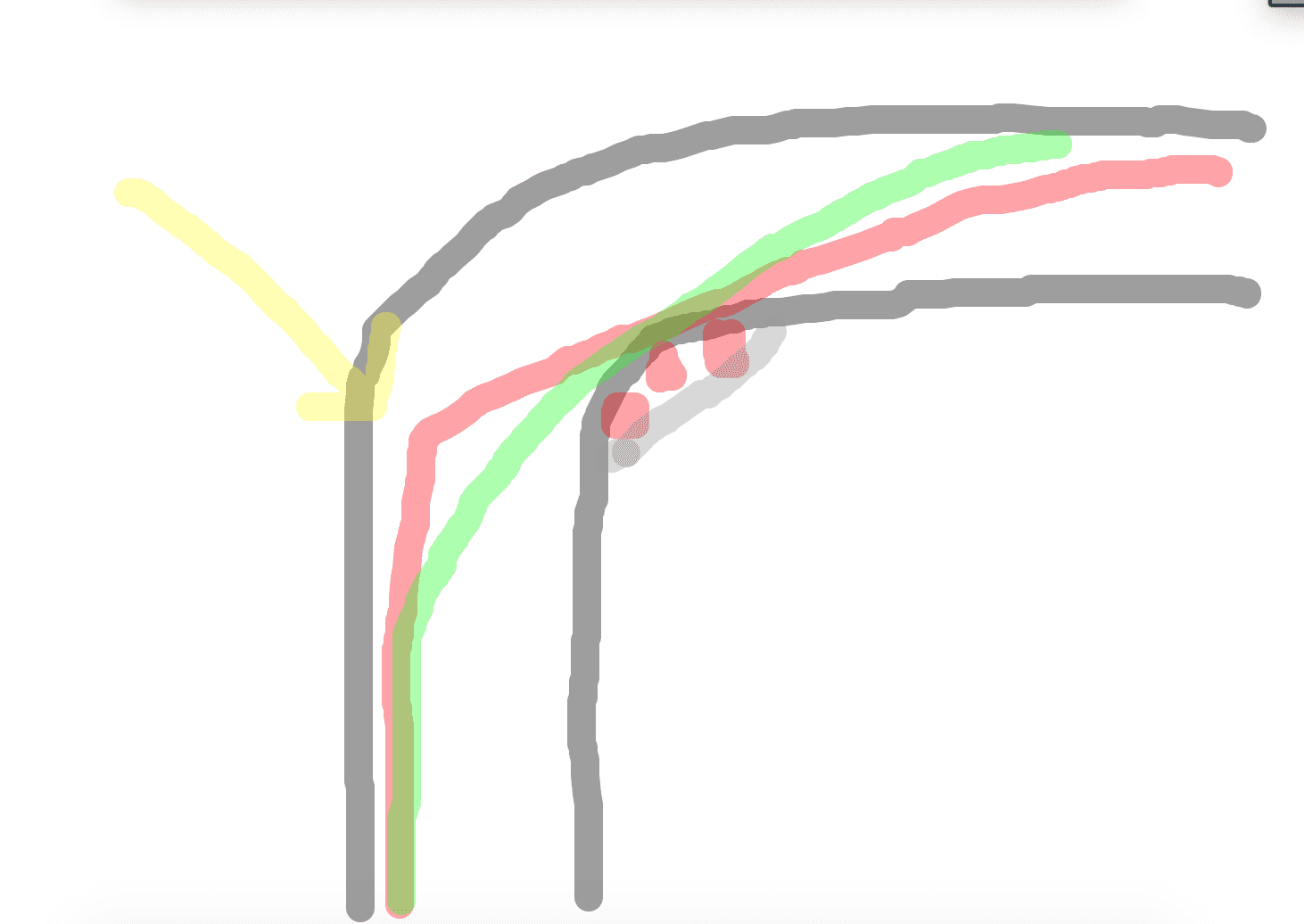At Blayze we have now worked with more than 80 drivers over the last few months and have seen over 100 laps to analyze. As our race car coaches work with more and more drivers, we are starting to see some common themes of areas drivers can focus on to improve. So, this week we want to talk about one of the core areas we focus on at Blayze to help our drivers improve on track through race car coaching.
Most drivers start their careers in HPDE (high-performance driver education) style events, many continue to stay at these style events, and many drivers move on to door-to-door racing. We can almost immediately tell if a driver had their foundation of on-track education built in an HPDE-style event or not. HPDE style instruction is fantastic for beginners; they teach safety on track over speed so that drivers keep safe on track while they learn the basics of how a driver's inputs affect a car on the track.
The focus of our articles, videos, and coaching is for drivers who have learned the basic foundations and are looking to take their driving to the next level, no matter the style of on-track activity you do. So, what is one of the main areas our race car coaches focus on with Blayze customers? Turn in points!
Beginners are almost exclusively taught late apexes as this lowers the risk of running off the road on corner exit. As the driver begins to gain more confidence they typically start apexing a little bit earlier, where the "fast" line apex would be. But, there is more to an apex than just where it is, the angle of the car is just as critical. More often than not the drivers we work with have the perfect apex point, but the angle of their car at the apex point is different than what we want to see. The reason for this comes down to where they are turning in.
When drivers begin learning to drive on track, they are taught about late apexes. Late apexes will naturally make a driver turn in late. In the early days of a driver's on-track education, we want to avoid early turn ins as they can put a driver in a troubling situation on the corner exit. As drivers get more confident, they back up their apexes slightly, but their turn in point never changes. The problem with very late turn-ins is it makes a driver need to turn more aggressively right away. It essentially makes a corner tighter than it needs to be.
If you take a look at our whiteboard example below, you will see the late turn in of the red line, and the earlier turn in of the green line have the same apex point. There are two critical things to note here:

- You can see the angle of the turn in point on the red line is much tighter than the green line. This essentially makes a corner tighter than it needs to be. The driver makes the weight of the car shift faster than it wants to and lowers the potential entry speed a driver can bring into the corner.
- Notice how the green line turns in earlier but still manages to apex at the same point. The key to this strategy is to turn in SLOWER. If you turn in earlier, but at the same rate of aggression on the wheel the driver will just apex too early and end up in trouble. If they can accomplish turning in earlier but slower, they can apex at the same point.
So, you see the difference and understand it, but why does this matter? The earlier and slower turn in point allows a driver to bring in more entry speed, while still having just as good of an exit as the red line. This will help in any car on any track, but the heavier, the more critical it is to have slower turn ins to allow the weight to transfer correctly. A heavy and soft sprung car, typically does not have the control in the dampers for weight to transfer quickly. You will see that lighter cars with a lot of downforce can get away with later and more aggressive turn ins because the weight doesn't move as far and there is less of it to move.
Working on this will be one of the most challenging things to improve in your driving, but it will pay big dividends on the stopwatch if you can master it. Remember, we don't just want earlier turn ins. We need to combine that with slower turn ins for this to work!
Best of luck on your on-track endeavors! Wherever they take you, we hope Blayze's race car coaches will be there to help you along the way.
Looking for more race car driver training? Check out more free content from Blayze by clicking on the links below:


